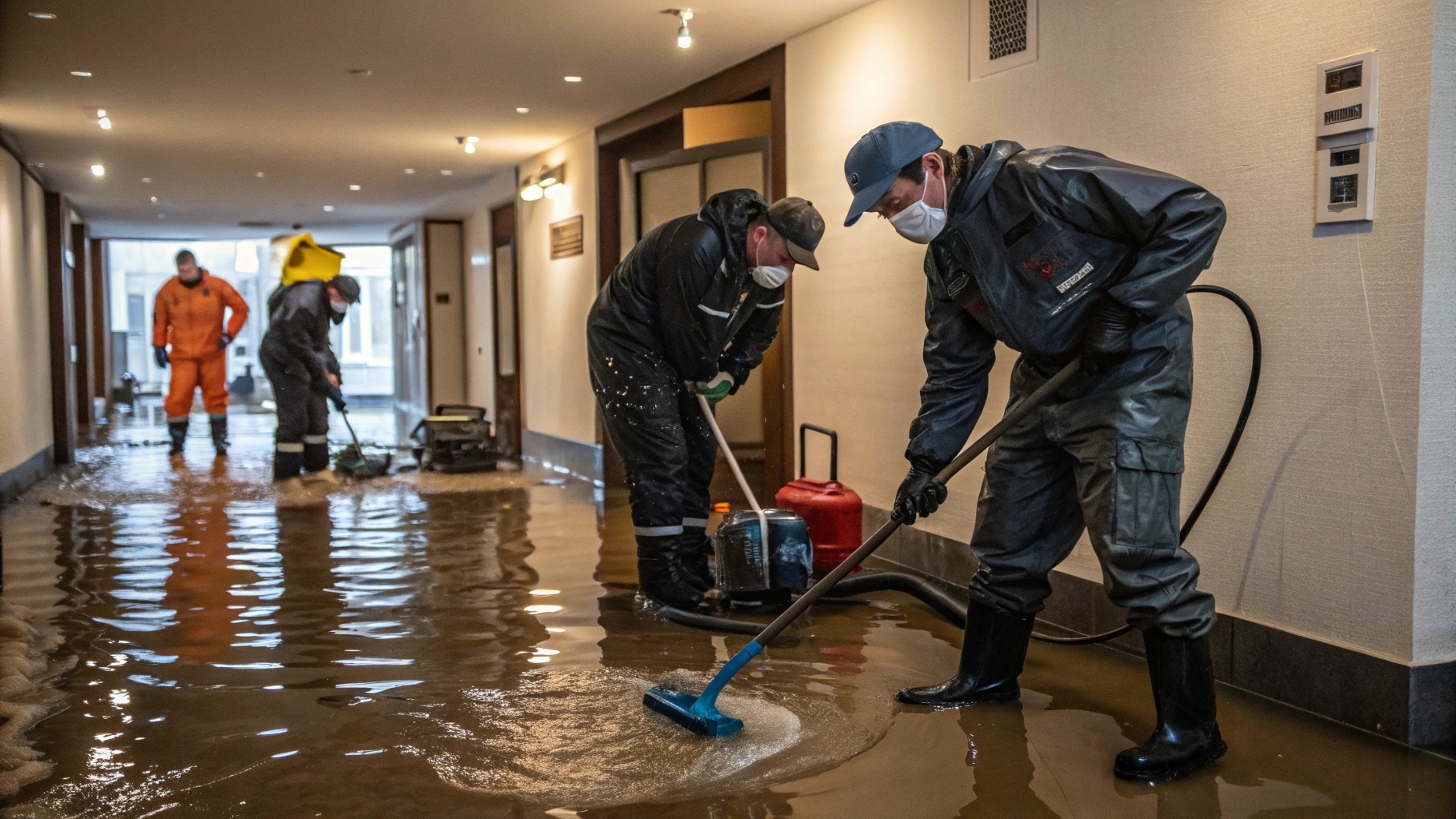How to Handle Water Damage in Your Bathroom: Bathroom Water Damage Solutions

Summary:
Bathrooms are one of the most common places in a home to experience water-related issues. From leaky faucets to overflowing toilets, water damage can sneak up quickly and cause significant problems. This guide will walk you through how to identify, manage, and prevent water damage in your bathroom effectively. With the right approach, you can protect your home and avoid expensive repairs.
-
Identify the Signs Early
Water issues often start small but can escalate quickly if left unaddressed. One of the first signs of water damage bathroom problems is the presence of peeling paint, warped flooring, or a musty smell in your bathroom.
These symptoms can be easy to overlook during regular cleaning routines. But even minor indicators could point to more serious bathroom water damage hidden behind walls or under tiles.
Locate the Source of the Leak
To resolve water issues, you must first find the root cause of the problem. Whether it's a dripping faucet or a cracked shower seal, unchecked water damage bathroom problems can worsen over time and affect surrounding areas.
Sometimes, the damage may not be visible until it becomes severe. That's why it’s crucial to act quickly when signs of bathroom water damage begin to surface in your home.
Turn Off the Water Supply
Stopping the water flow is an immediate priority in a water emergency. If a pipe bursts or a fixture breaks, quick action can help limit water damage bathroom before it spreads to adjacent rooms or floors.
Locate the nearest shut-off valve and close it without delay. Doing this promptly can drastically reduce the scope of the bathroom water damage and make cleanup more manageable.
Dry Out the Affected Area
Once the leak is under control, start drying the bathroom as soon as possible. Speedy action during water damage bathroom events helps prevent mold growth, which often begins within 24 to 48 hours.
Use fans, dehumidifiers, and open windows for maximum ventilation. Thorough drying is essential for stopping bathroom water damage from seeping into flooring, drywall, and cabinetry.
Remove and Replace Damaged Materials
Sometimes, water-damaged materials are beyond repair and need to be replaced. For instance, porous items like drywall or insulation affected by water damage bathroom might need complete removal to prevent mold and rot.
Always check behind cabinets, under sinks, and around tub bases. Hidden bathroom water damage can continue spreading quietly without any visible signs until it’s too late.
Disinfect and Prevent Mold Growth
Once damaged materials are removed, thoroughly disinfect all surfaces. After a water damage bathroom incident, lingering moisture can create a breeding ground for mold and mildew if not cleaned properly.
Use antimicrobial solutions or bleach-based cleaners for best results. These helps ensure that bathroom water damage doesn’t lead to further structural or health-related issues.
Repair and Rebuild with Water-Resistant Materials
When rebuilding, use materials designed to withstand moisture. This helps protect your bathroom against future water damage bathroom problems and extends the life of your renovation investment.
Consider options like mold-resistant drywall, waterproof vinyl flooring, and sealed grout. These upgrades make your space more resilient to future bathroom water damage, especially in high-use households.
Preventative Maintenance is Key
Regular maintenance can help you avoid costly water disasters. Simple tasks like checking for leaks and resealing caulking can reduce the risk of water damage bathroom problems before they start.
Don’t ignore slow drains or small leaks thinking they’re harmless. They are often the beginning signs of larger bathroom water damage issues that could have been easily prevented.
Conclusion
Taking prompt action is the best way to manage and prevent damage in your bathroom. From controlling initial leaks to making smart repairs, every step helps mitigate water damage bathroom risks and keeps your home in top condition.
Use water-resistant materials, stay vigilant for signs, and schedule regular inspections. These proactive steps will help you minimize bathroom water damage and maintain a safe, healthy bathroom environment.
FAQs
Q1: What are the most common causes of bathroom water damage?
A: - Leaking pipes, damaged seals, and overflowing fixtures are top causes of bathroom water damage in homes.
Q2: Can water damage bathroom issues cause mold growth?
A: - Yes, mold can begin growing within 24–48 hours after water damage bathroom events if the area isn’t dried and cleaned quickly.
Q3: Should I replace flooring after a bathroom flood?
A: - If water has seeped under tiles or into wood, replacing the flooring is often necessary to prevent bathroom water damage complications.
Q4: Is insurance likely to cover water damage in bathrooms?
A: - It depends on the policy and the cause of the damage. Sudden incidents may be covered, but neglect-related water damage bathroom claims might be denied.
Q5: What materials help prevent future bathroom water damage?
A:- Water-resistant drywall, vinyl flooring, and sealed tile grout are all excellent choices for reducing bathroom water damage risks.
- Questions and Answers
- Opinion
- Motivational and Inspiring Story
- Technology
- Live and Let live
- Focus
- Geopolitics
- Military-Arms/Equipment
- Security
- Economy
- Beasts of Nations
- Machine Tools-The “Mother Industry”
- Art
- Causes
- Crafts
- Dance
- Drinks
- Film/Movie
- Fitness
- Food
- Games
- Gardening
- Health
- Home
- Literature
- Music
- Networking
- Other
- Party
- Religion
- Shopping
- Sports
- Theater
- Health and Wellness
- News
- Culture

